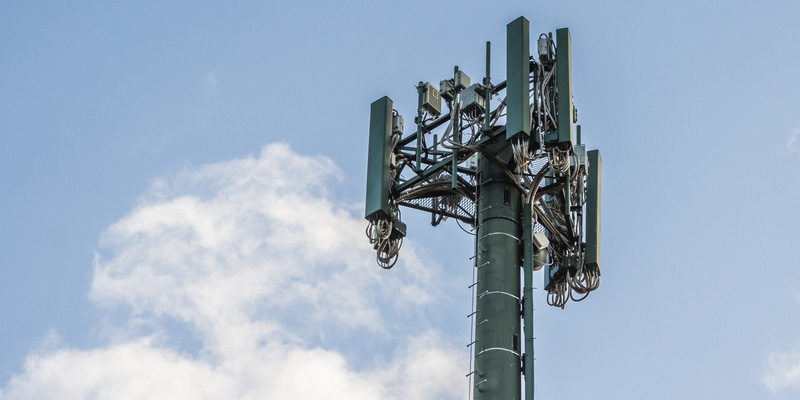There are three main components to most distributed antenna systems. These components include the Donor Antenna System, the Bi-Directional Amplifier, and the Distributed Antenna System. All three components work together to produce clear in-building communication signals. In addition, they improve the signal coming out of the building, ultimately improving the quality and clarity of incoming and outgoing calls.
Benefits of a Radio Enhancement System:
- Stronger signal throughout the entire building for seamless communication
- Maintains signal strength in an emergency. Allows Fire Departments and other First Responders to communicate without limitations, potentially saving lives.
- It’s not just convenient, according to the latest regulations it’s the law.
- Compliant with the International Fire Code and National Fire Protection Association
- DAS can simultaneously operate various bands for multiple operators
- Scalable for large and complex locations with unique demands
- Can increase range for mobile devices on a variety of cellular plans
A Closer Look at The Interworking Parts of a Radio Enhancement System
To better understand how the components of a radio enhancement system work together, you must first understand how they work individually. Continue reading for a breakdown of each of the three components.
What is the Donor Antenna System?
The Donor Antenna System is typically placed on top of a building where it has the greatest height and proximity to the nearest communication tower. The donor antenna is positioned in the direction of the closest tower for the best results. The donor antenna is the part of the system responsible for bringing signal into and out of the building.
As the most fundamental antenna in a radio enhancement system, it is placed on top of the roof. Yet, this puts the donor antenna at risk of high winds, rain, and other forces. In aims to preserve the donor antenna, at Highland Wireless, we utilize Category 5 Hurricane-Rated bracketing and R-56 Lightning Protection standards. This keeps the donor antenna protected and going strong, even in harsh conditions.
What is the Bi-Directional Amplifier?
The Bi-Directional Amplifier (BDA) works with the Donor Antenna to receive and amplify signals inside of your building. This important component can process transmitting signals from handheld devises being used inside of the building. It transports these signals out to the communications tower via the donor antenna.
While in some cases a bi-directional amplifier may be installed without a distributed antenna system, it works best when paired with a DAS.
What is the Distributed Antenna System?
The Distributed Antenna System (DAS) is a network of in-building antennas specially designed for each building. In fact, the design of the system plays an integral role in how the system functions and how much it improves signal strength. A well-designed DAS generally includes a coaxial cable, unequal power dividers and splitters, as well as ceiling mounted antennas. Larger buildings benefit from the use of fiber as well.
Improve Communication & Get More Done with Highland Wireless
We design and install superior wireless radio enhancement systems in compliance with the National Fire Protection Association and the International Fire Code. Thanks to our vast experience and industry connections, we have what it takes to find solutions to address a wide variety of systems across various platforms. Contact us today to learn more and set up your free pre-testing of signal strength levels and site survey.

